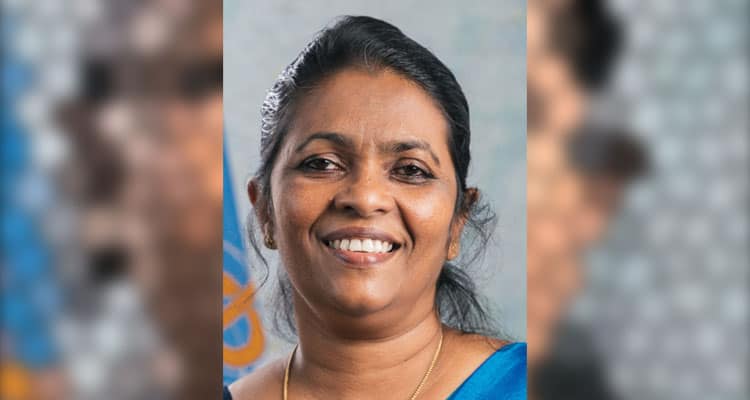Dr Nalika Gunawardena, Regional Adviser (NCD), WHO South East Asia Regional Office in an interaction with Kalyani Sharma emphasises the urgent need to integrate oral health into broader NCD strategies
 Dr Nalika Gunawardena, Regional Adviser (NCD), WHO South East Asia Regional Office
Dr Nalika Gunawardena, Regional Adviser (NCD), WHO South East Asia Regional Office
How does the WHO view the role of oral health in the broader NCD (non-communicable disease) agenda, particularly in the South-East Asia region?
At WHO, we take an integrated approach to public health. Diseases are broadly categorized into communicable and NCDs, and oral diseases clearly fall into the latter. Particularly in the WHO South-East Asia region, we carry the heaviest burden of oral diseases, including oral cancer.
Although I am not an oral health professional by training, as a public health specialist, oral health falls within the NCD portfolio due to shared risk factors and public health implications. For us, it’s not just about classification—it’s about coordination. Our power lies in convening experts across disciplines and geographies, especially in countries like India where the need and capacity for such integration are immense.
Given the common risk factors between oral health and other NCDs, how can countries better integrate oral health into their national preventive strategies?
Integration should be natural and seamless. Whether you’re addressing tobacco use or the consumption of sugary foods and beverages—key contributors to both oral and systemic diseases—the interventions remain the same. WHO provides technical packages for these risk factors, such as those for tobacco control and healthy diets.
It doesn’t matter whether these are implemented through an oral health program or a broader NCD initiative. People don’t live in silos—neither should health programs. Train community health workers to deliver these interventions at all levels. That’s how we reduce the burden of shared risk factors and, in turn, lower the incidence of diabetes, hypertension, heart disease, cancer, and oral health issues.
How can multilateral collaborations help accelerate the preventive focus in oral healthcare, especially in the South-East Asia region?
Prevention hinges on addressing risk factors like diet and tobacco use. But let’s be clear: the health sector cannot do this alone. Industries like tobacco and processed foods often function under the guise of contributing to the economy, and their regulation lies beyond the remit of health ministries.
That’s where multilateral and multi-sectoral collaboration becomes critical. Education, trade, agriculture, finance, and legal sectors all have a role to play. And it’s not about doing health a favor—it’s about fulfilling their own responsibilities in improving population health. At WHO, we recommend establishing a high-level multi-sectoral agency under the President or Prime Minister—not just the Health Minister—to ensure ownership across all sectors.
What is the WHO’s strategy to encourage these sectors to work together for better oral health outcomes?
We advocate for multi-sectoral action plans. Our technical packages are designed with inter-sectoral implementation in mind. But implementation must be driven from the top. If health officials go alone to a legal or trade ministry, the message may not resonate. But when coordination happens under a national umbrella—ideally the highest executive office—it sends a clear message that health is everyone’s business.
Countries must be educated on the interdependence of sectors and empowered to act collaboratively. Only then can we hope to make a meaningful shift toward preventive health, including oral health.
Final thoughts on the way forward for oral health in the context of public health systems?
We need to stop viewing oral health in isolation. It’s intimately tied to the broader NCD landscape and should be addressed through integrated policies and community-level action. Prevention is possible—but only if we align efforts across sectors, scale up proven interventions, and treat oral health as a vital component of public health.